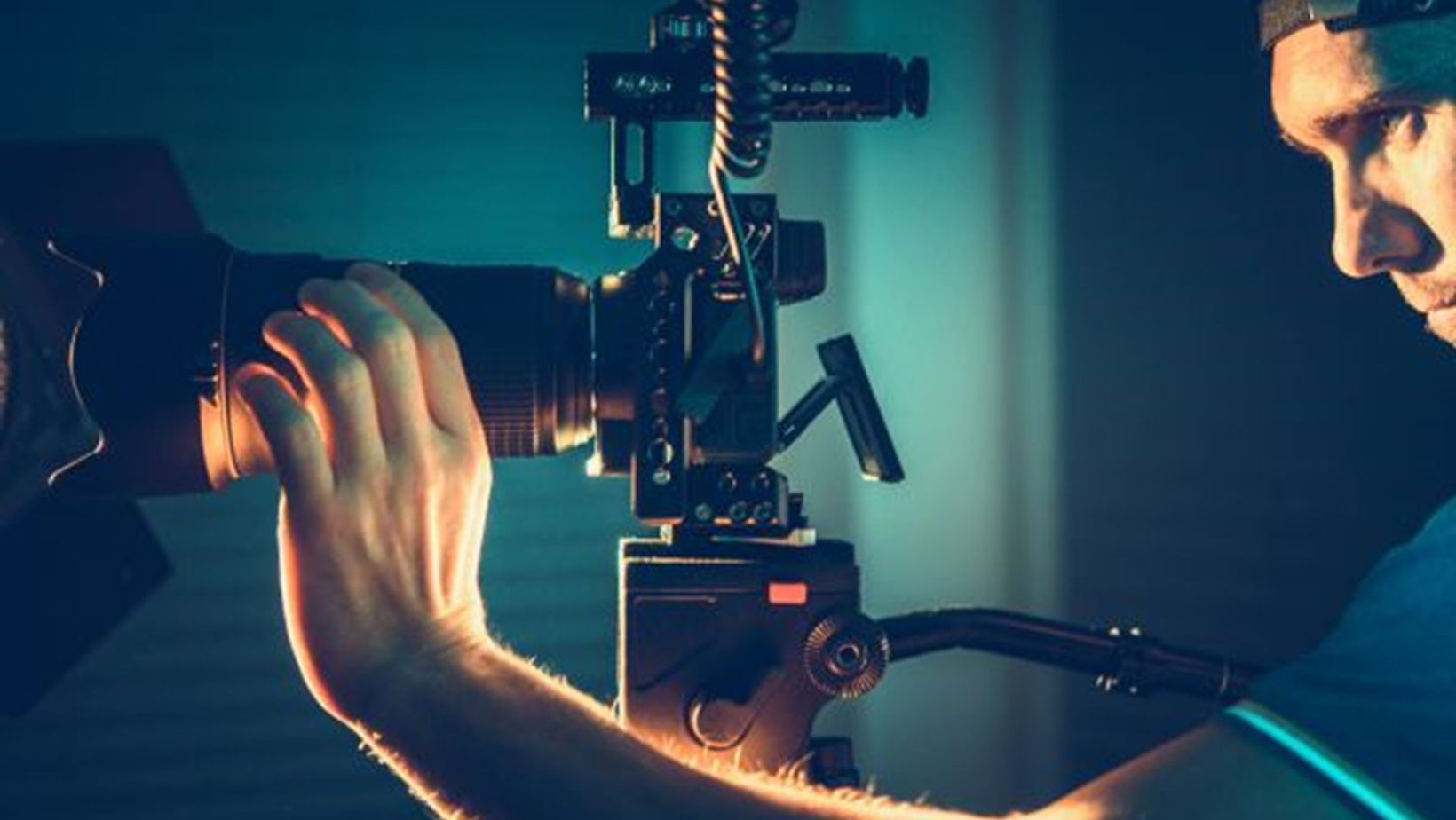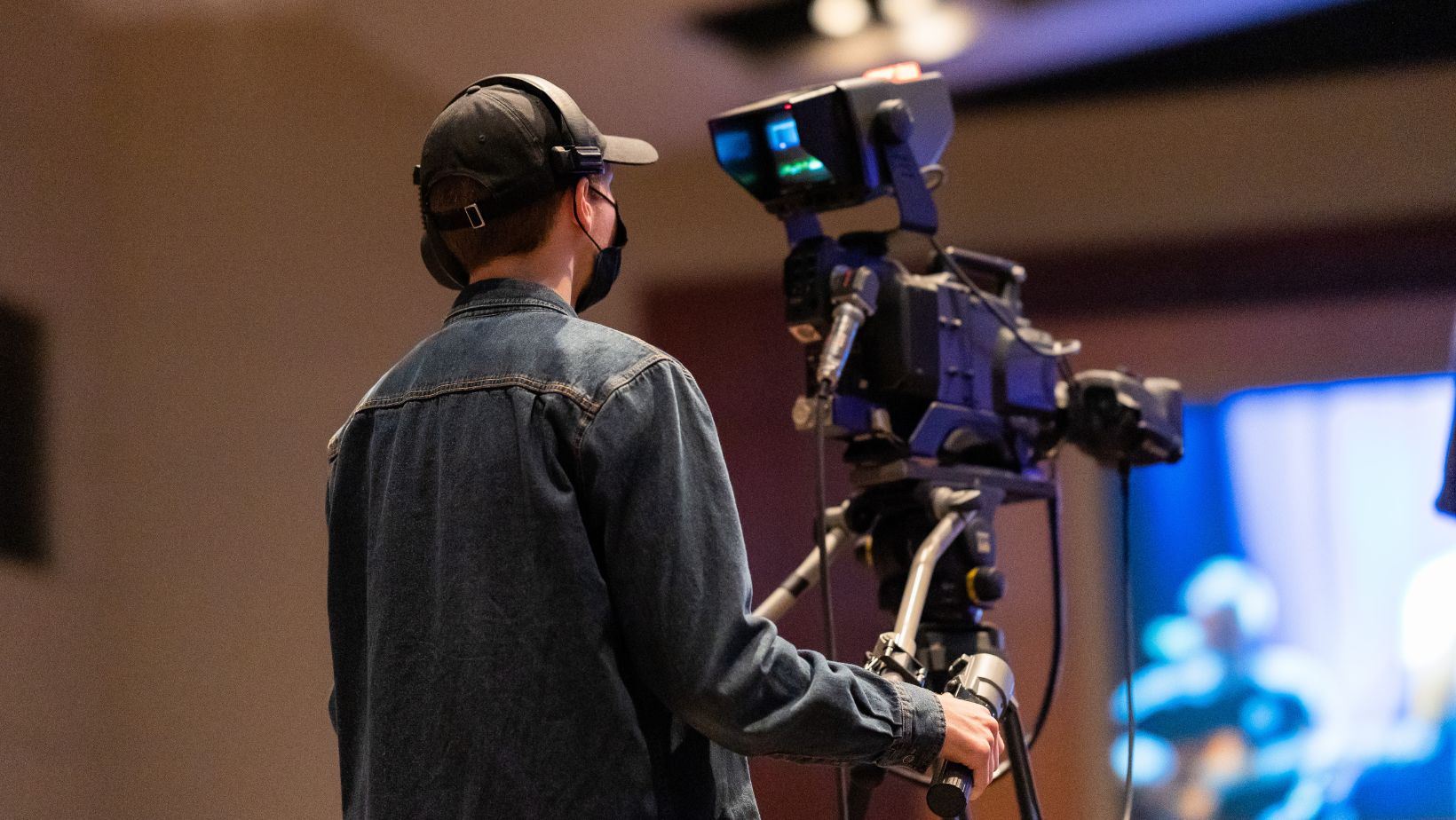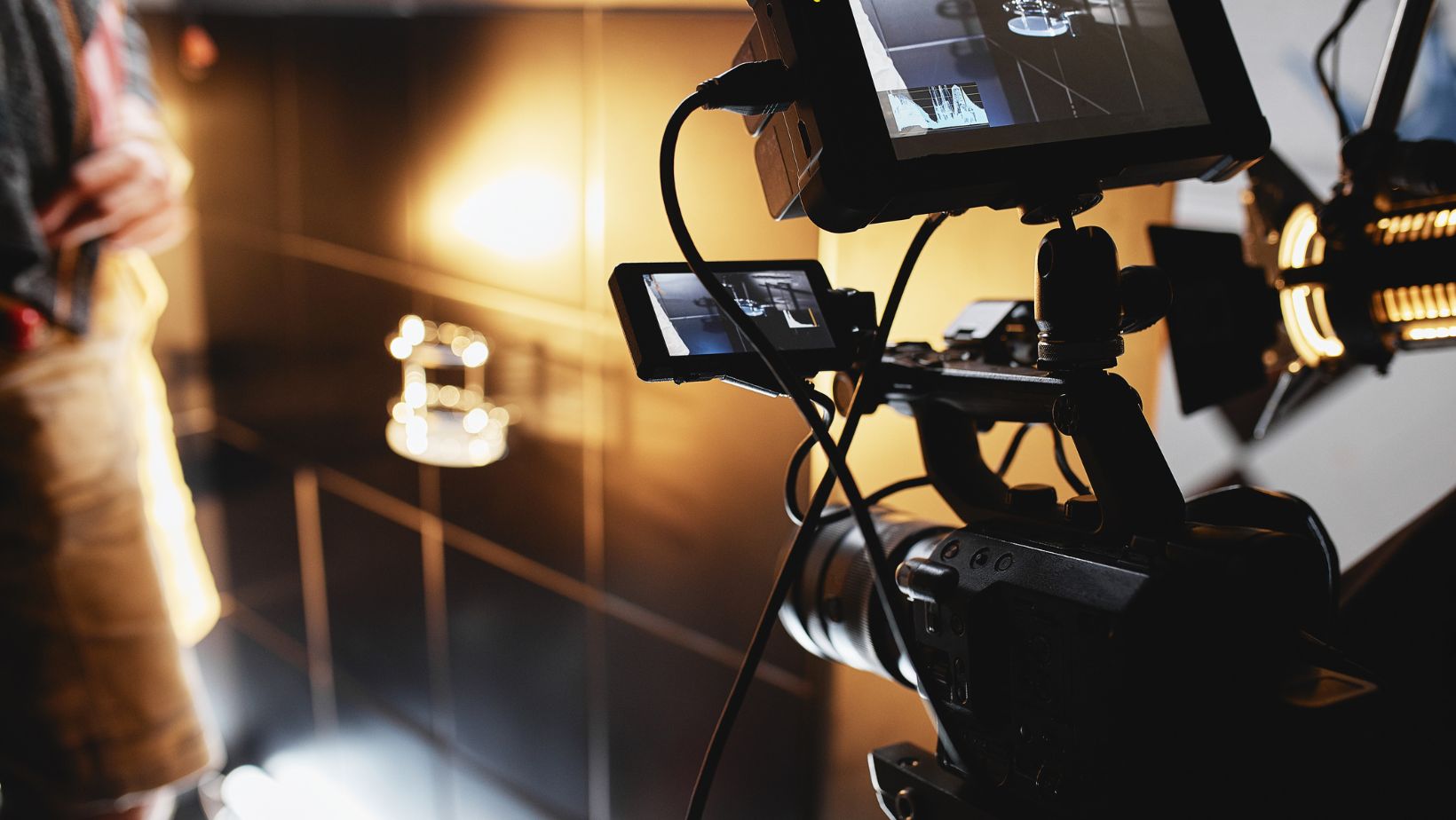
Digital video ads are huge. Last year, they reached 5.7 billion users compared to traditional TV ads, which had 5.3 billion. If you don’t already have a plan to utilize video in your business marketing plans, it’s time to develop one. Of course, the cost of video commercial production can make some small businesses a bit leery of making the leap. Hiring industry experts to make professional-quality videos can be pricey, but the long-term value can be worth it. With a top-level view of each key cost, you’ll be able to put together a plan that works for your business.
Let’s break it down:
Pre-Production Planning
In pre-production, you come up with a carefully constructed plan of action to transform your commercial from an idea into a reality. It’s also where you flesh out your all-important budget. Get together with your team and go over your concept. Make a list of your needs and how much you expect to pay for them.
At this step, it can be helpful to get a professional production company involved. They can help you come up with a rough cost estimate, as well as utilize their experience to find ways you may be able to save money. Bringing in an outside company might increase your costs upfront, but having that professional expertise can save you money in the long run.
Script Development
Plenty of filmmakers, both amateur and professional alike, can come up with a gripping idea, only to have it fall apart once they try to put words to a page. Bringing on a professional writer is always an option, although it will add to your costs. If you want to try to save some money upfront, it can be worth it for you or someone on your team to at least write the initial draft.
The most important thing to remember is that writing can be a long process. Once you have that first draft done, plan to revise it until you have a script you’re happy with. It’s possible you’ll even make revisions after filming has begun. Leave room for these expenses as you plan your budget.

If you work with a production company, have them look at the script and give feedback as well. Outside eyes can be helpful in getting the wording just right. More importantly to your budget, they can help you find areas where a tweak to the script can help cut your costs, such as combining a few locations or characters.
Hiring Talent
There are a few ways to manage costs when it comes to hiring talent. As we just mentioned, you can always cut or combine characters at the script stage. Fewer characters means fewer actors you need to pay.
When the time comes to hire actors, your cost basis will depend on the approach you take. The cheapest option is to simply be in the commercial yourself. It might be tricky if you’re playing someone other than yourself, but if the commercial centers on you and your business, it can be an authentic and budget-friendly option.
If you decide to hire outside actors, you need to factor in both pay for the actors and the expenses of holding auditions. For open casting calls, you’ll need to rent a space to hold the auditions and pay for staff time to run them. To save money, you can hold an open casting call yourself. There are many casting websites to help you find actors, and sometimes local theaters can help connect you with local talent. You could also request audition videos beforehand to narrow down your options before seeing actors in person, which could save you time.
If you want a professional take on available talent, you can hire a casting director. This will cost more; however, they can run auditions on your behalf and then come to you with their top contenders, saving you time and allowing you to focus on other aspects of your production.
You can also partner with a talent agency or a video production agency with access to actors. An agency can help you hire talent that has already been vetted. Often, they have rosters to review so you can quickly narrow down your top choices and identify the candidates you’re most interested in.
Filming Locations
Choosing locations can present an interesting budgetary challenge. Shooting in public can be cheap, but you need to factor in the costs of permits, equipment transportation, setup, and transition time. When you film on location, circumstances outside your control, such as inclement weather, could result in delays, increasing production costs.
If you already have a location you have permission to film in, like an office that you own, you can save a bit of money by filming there. If not, spend a little time scouting out locations—both studios and public places—to see what makes sense for your video commercial production.
Studio rentals can be expensive, but they also offer purpose-built spaces with amenities that might make the investment worthwhile. Using a sound stage can minimize potential interruptions and offer the perfect lighting whenever you need it. However, a stage may not be able to provide the same ambiance as being on location.
You need to balance your needs with your wants and fit it all into your budget.
Equipment Rentals
If you want your commercial to look professional, you need to use professional equipment. That isn’t to say that you need to go out and buy the newest tools out there, though. Renting equipment is the norm once you know what you’ll be shooting and where you can start figuring out what you’ll need for your shoot.

At a minimum, you will need quality lighting equipment, cameras, and audio equipment. If you’re working with a full-service video production company, such as Pretzel Logic Productions, they can help advise you on exactly what kind of equipment you need for the production so you can keep costs low. Depending on their services, they may even be able to rent you the equipment themselves at a reasonable rate.
Post-Production and Finishing
In post-production, you can take all the raw material generated in the shoot and mold it into a shiny, high-quality final product. There are three major costs to consider in post: editing, coloring, and sound mixing.
In editing, you take all the raw footage and arrange it into one cohesive video. There is a good deal of creative room in the edit, which is why some businesses choose to bring on an editor to help cut the commercial. Hiring an editor will increase costs, so if you want to save money, it may be worth looking into video editing software and managing it on your own.
Coloring and sound mixing happens after you finish your edit. Coloring allows you to adjust the saturation and palette while mixing, and it lets you blend your audio tracks together smoothly. Coloring and mixing can be handled by professionals, but again, if you want to reduce costs, it is possible to manage them on your own. Whatever your budget is, investing the time and money in a thorough post-production process is necessary to produce a video of professional quality.
The ultimate cost of video commercial production will depend on your goals, how much work you are willing and able to do on your own, and where you choose to hire professional assistance. Both have their advantages, from the potentially lower expenses of doing things yourself to the increased professionalism of working with experts. Find the method that works best for your project and budget.






